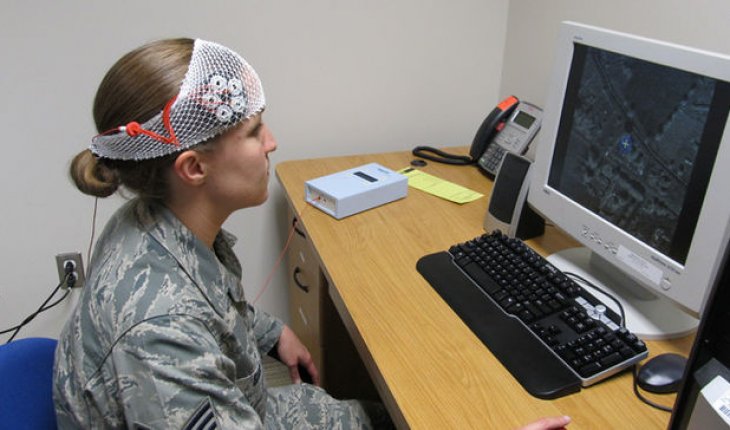
Here, we describe a macaque model of tDCS that allows us to simultaneously examine the effects of tDCS on brain activity and behavior. We find that applying tDCS to right prefrontal cortex improves monkeys’ performance on an associative learning task. While firing rates do not change within the targeted area, tDCS does induce large low-frequency oscillations in the underlying tissue. These oscillations alter functional connectivity, both locally and between distant brain areas, and these long-range changes correlate with tDCS’s effects on behavior. Together, these results are consistent with the idea that tDCS leads to widespread changes in brain activity and suggest that it may be a valuable method for cheaply and non-invasively altering functional connectivity in humans.